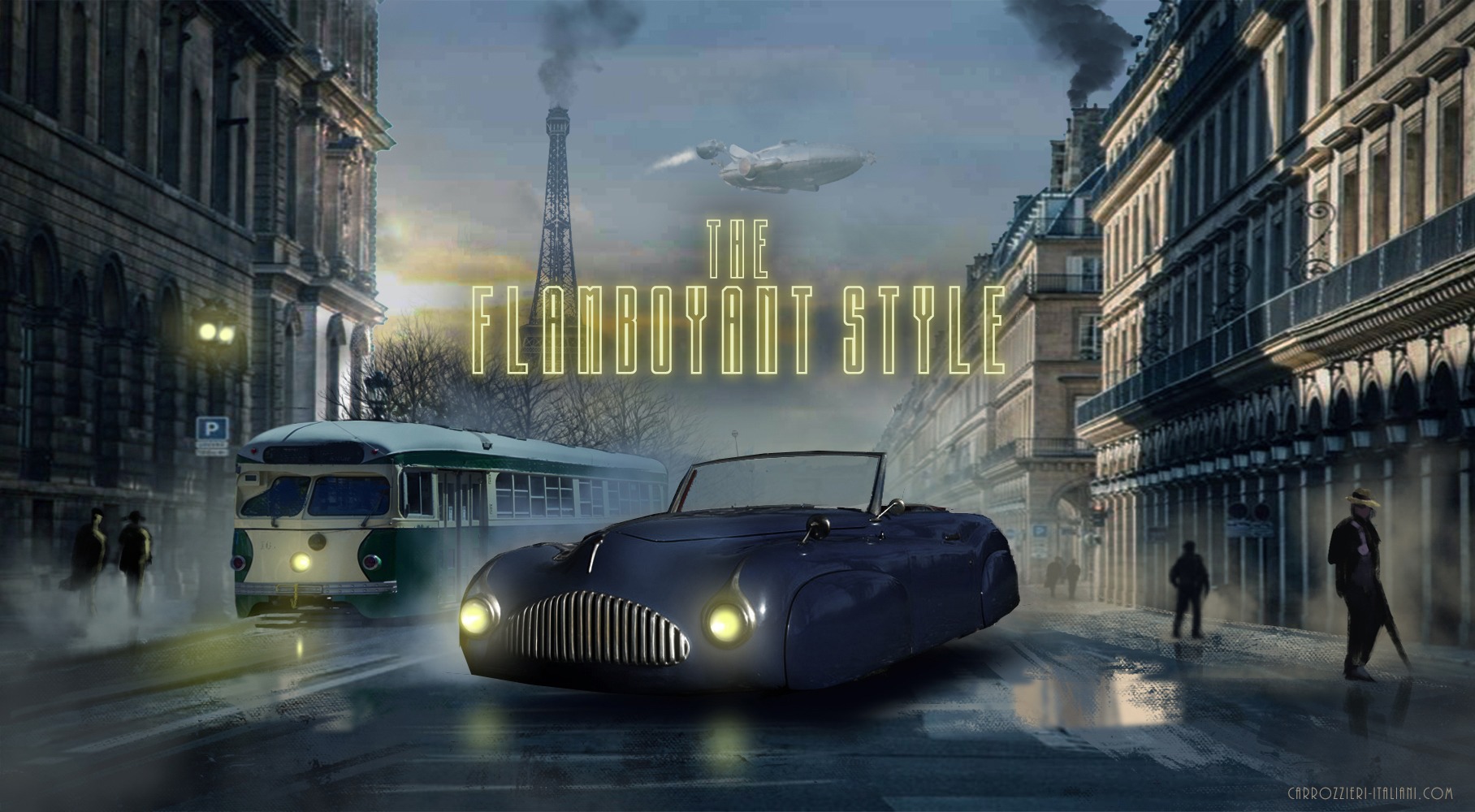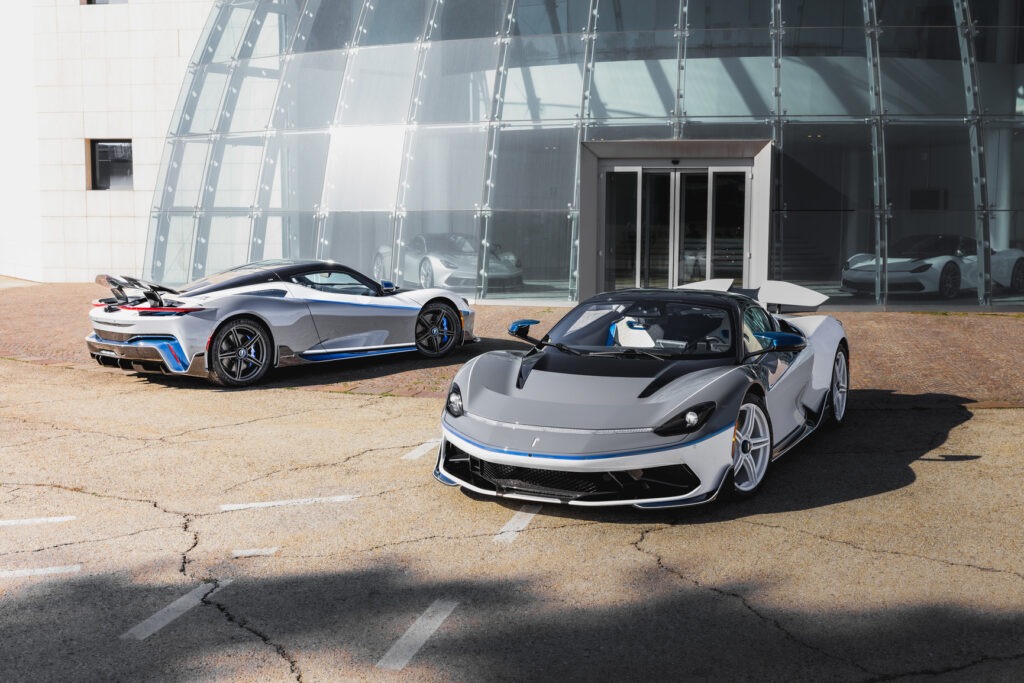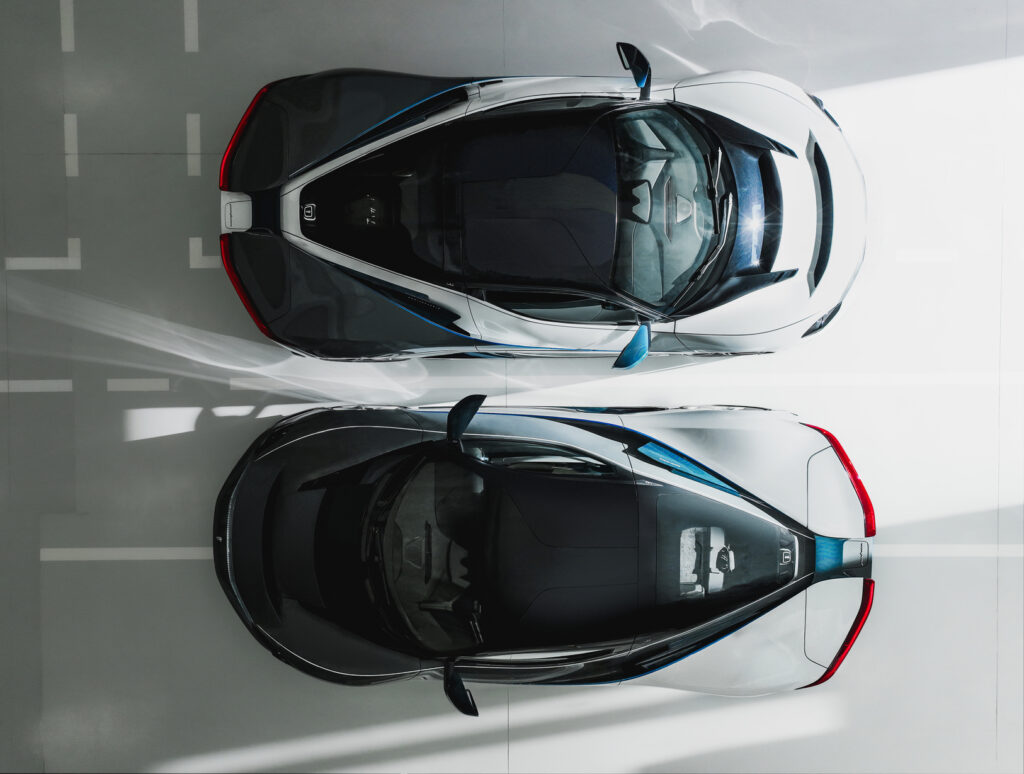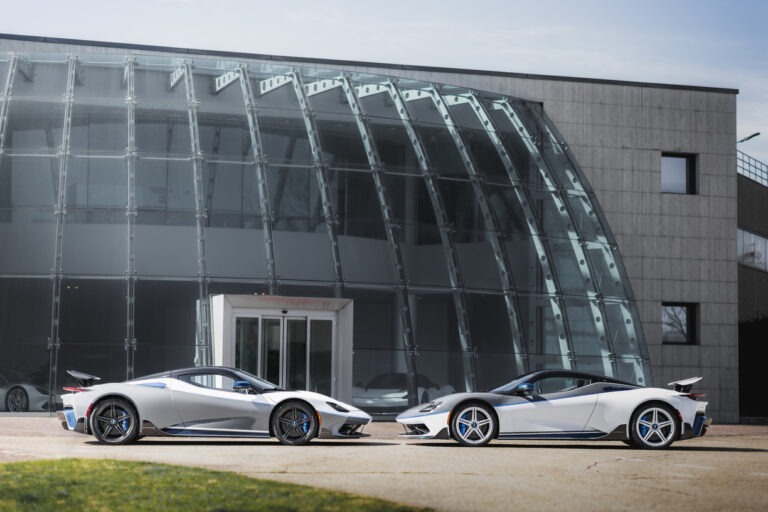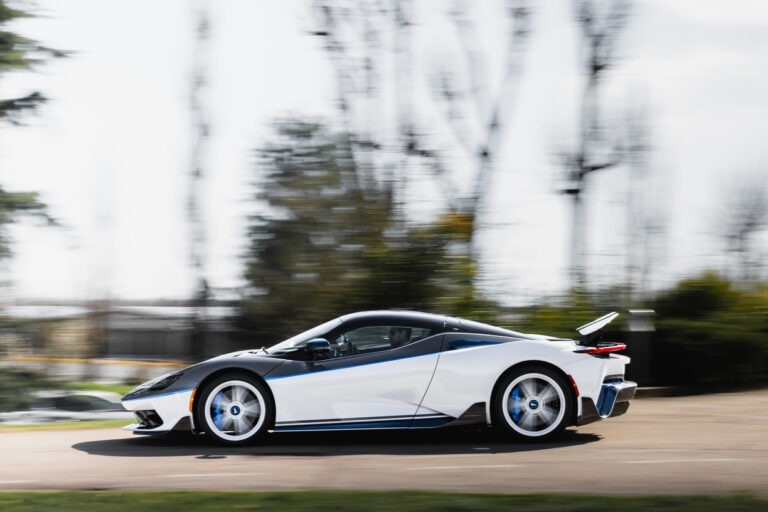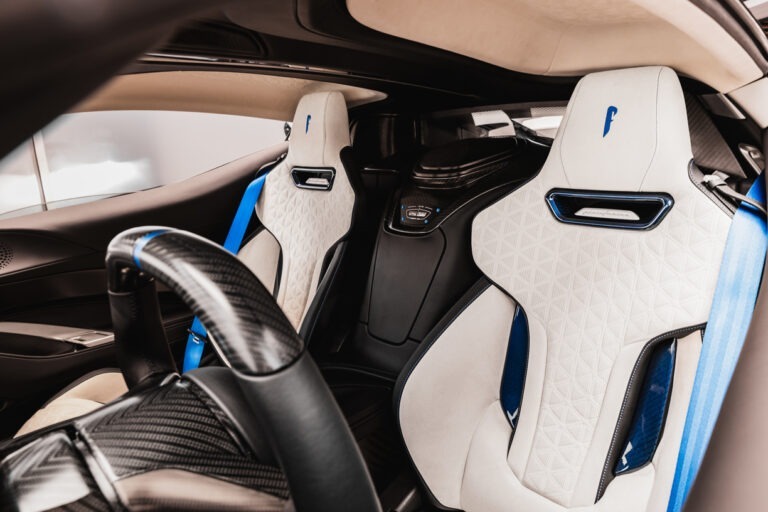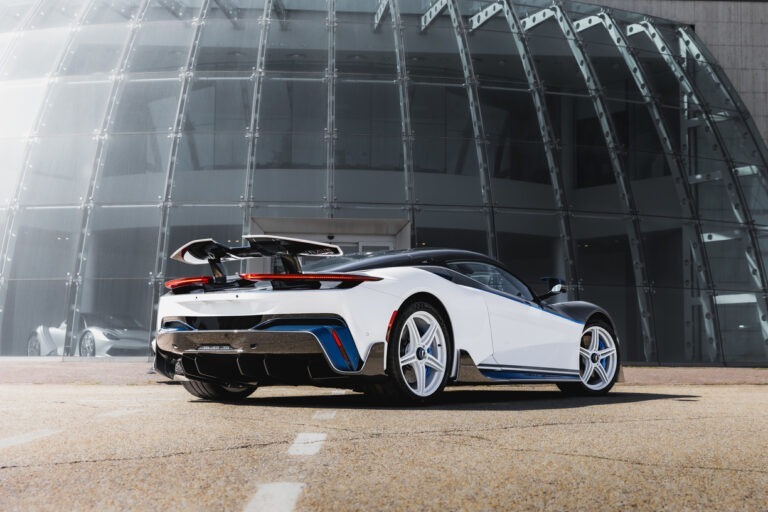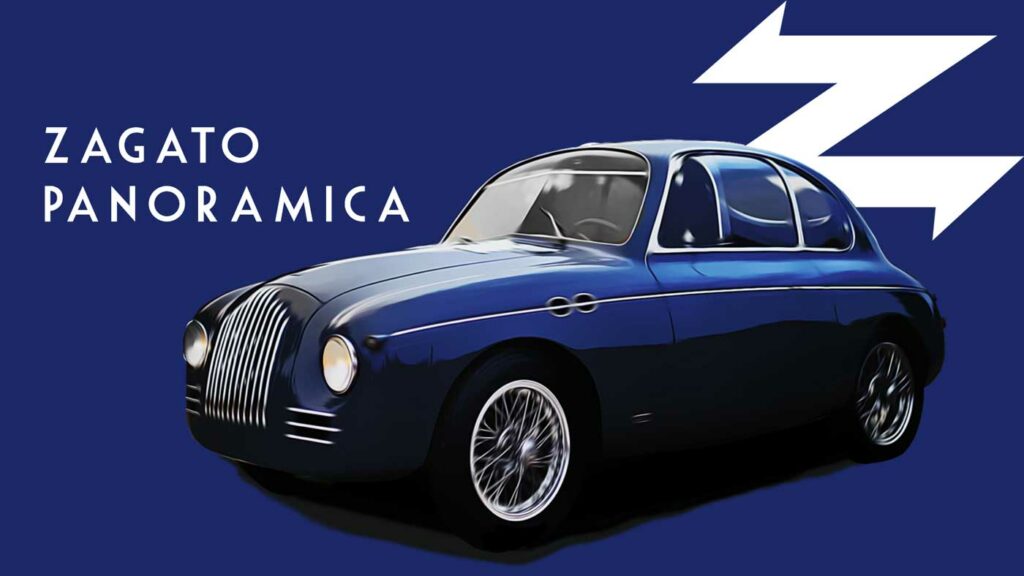
Zagato cars were always characterized by a magnificent balance between sleek and clean lines and innovative light materials. This combination, maintained and developed more and more in the over 100 years of Zagato’s history, largely depends on the aeronautical roots of founder Ugo who, in WW1, designed and built biplanes that had to be fast, light and capable of performing quick and surprising maneuvers. Just think of Gabriele D’Annunzio’s flight over Vienna in 1918, with a plane built by Ugo Zagato himself, who at the time worked for Officine Pomilio.
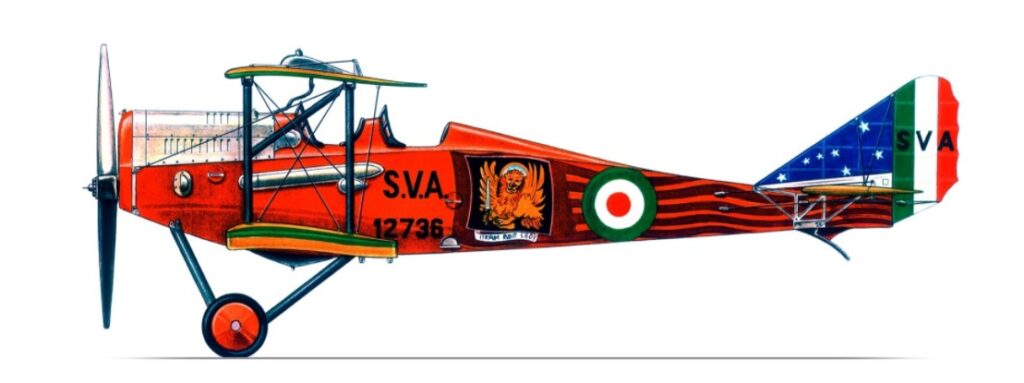
When Ugo Zagato left the aeronautical sector for starting his coachbuilding business in 1919, the automobiles were heavy and massive. He introduced a revolution by adopting lightweight materials such as aluminum, just like for the design of an airplane. In the 20’s and 30’s Zagato first began to establish itself for its racing models, where the wood chassis was replaced by steel and the bodies were built of alluminum. Thanks to his creations, he began to collect victories after victories in all racing categories. Afterwards he started focusing also on the aerodynamics, creating streamline bodies for Alfa Romeo, Fiat and Lancia which looked like torpedoes. These cars, without mudguards and external headlights, were built specifically to achieve new records.
In the 40s, after WWII, Zagato gave shape to an original automotive concept, the so-called “Panoramica”, destined to mark the rebirth of Carrozzeria Zagato after the war.
Vieri Rapi (not to confuse with Fiat designer Luigi Rapi), a Isotta Fraschini engineer who at the time collaborated with Zagato, (the companies were basically neighboors), used Plexiglas for the upper part of the windshield, and for the rear and side windows. A very modern solution that offered the driver a wide visibility and the passenger a panoramic view. This type of car received a patent that Zagato used for its automotive creations between 1947 and 1950 producing around 100 “Panoramica” cars.
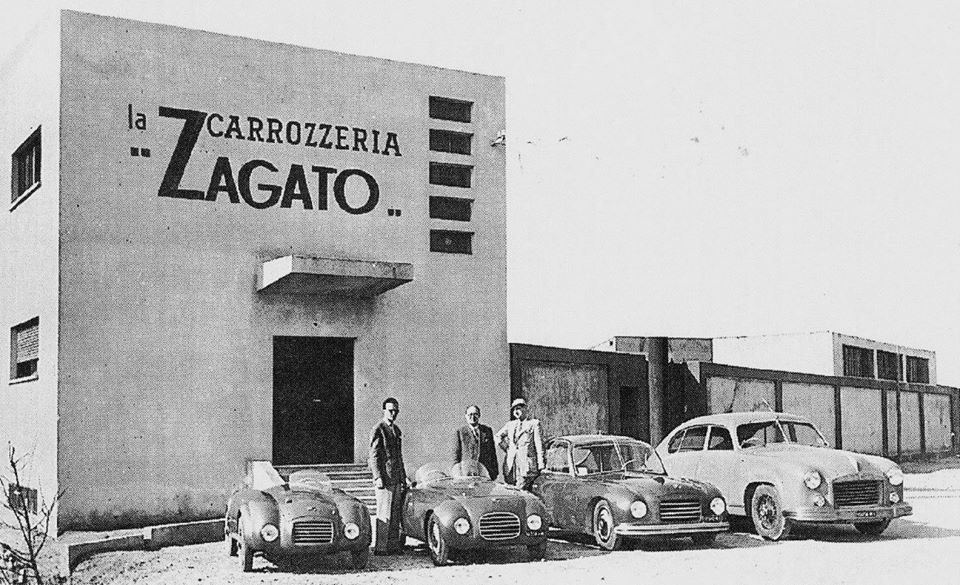
Due to Zagato’s past as plane builder, the “Panoramica” name took inspiration from the “panorama” that could be appreciated while piloting an airplane, the fact is that the cockpits looked like bombers cockpits. New materials, such as Plexiglas, were used to archive this concept, which allowed the curvature of the glass surfaces and significant weight savings. The “Panoramiche” were cars with clean lines, fast, but also very comfortable for interior habitability and brightness. Those are the most important models.
1947 Fiat 1100 Panoramica
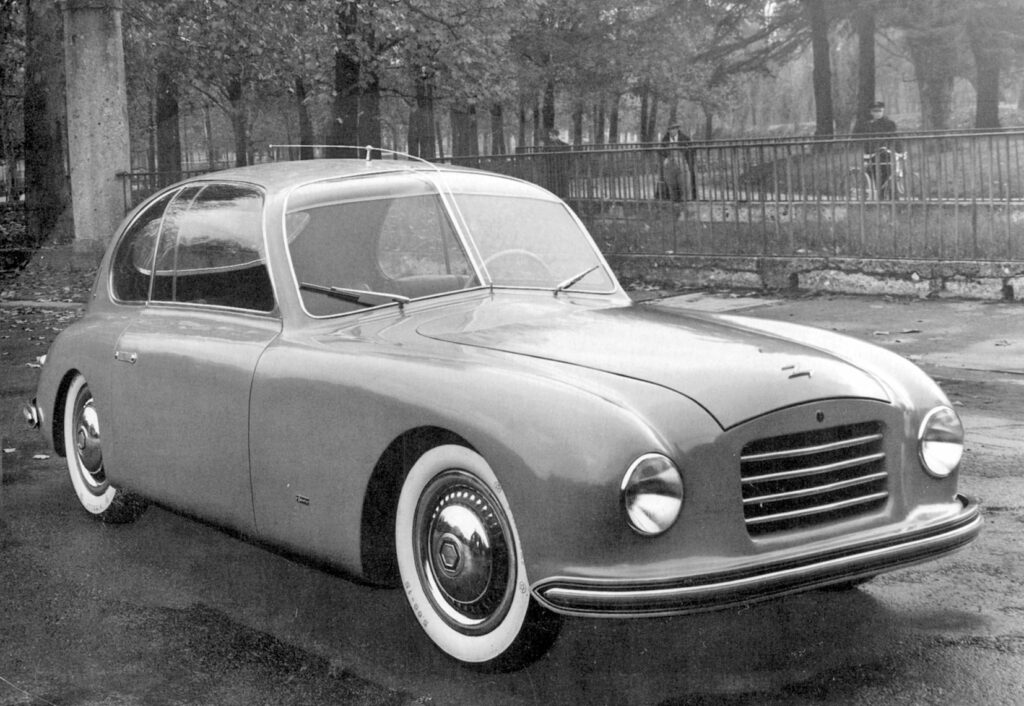
One of the first “Panoramica” was built by Zagato based on the Fiat 1100 chassis. The concept was simple: a raised roofline and glass areas (plexiglas) that curved up into the roof. With this feature, the driver and passenger window was fixed and couldn’t be opened. Not the best solution for hot summer days but race drivers apprechiated the improved visibility: Basically a fast greenhouse!
1947 Isotta Fraschini 8C Monterosa
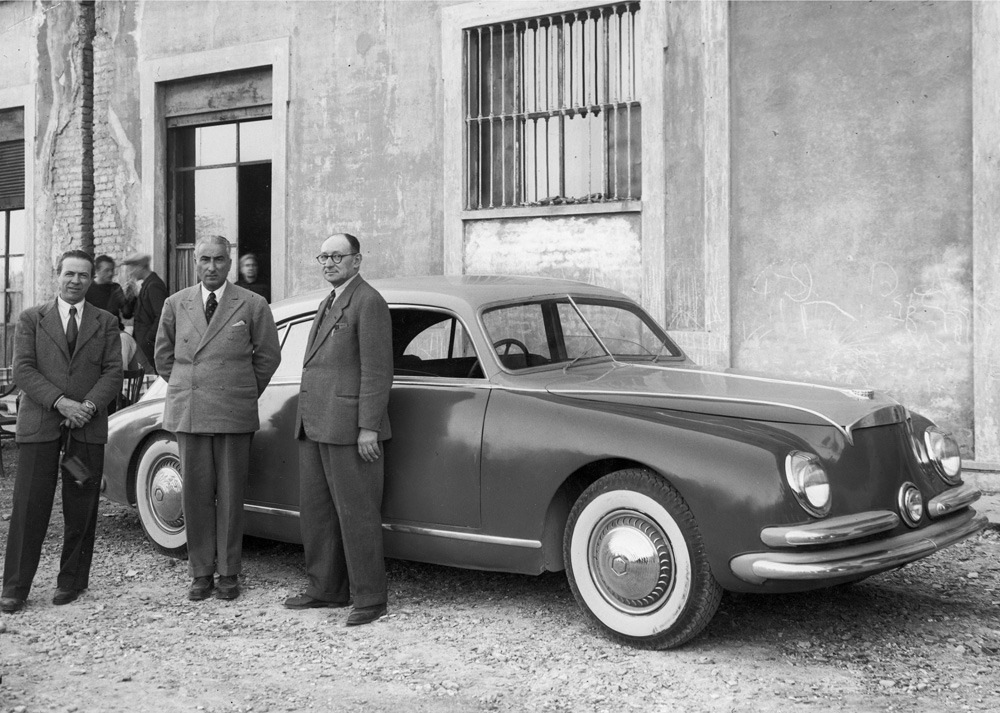
After the Second World War, Isotta Fraschini attempts a return to automotive production with the 8C Monterosa, heir to the pre-war Tipo 8. The new model is presented in 1947 and is distinguished by the unusual design with a cantilevered rear engine. Between 1947 and 1949 several prototypes are completed, with bodies made by Zagato, Touring and Boneschi, but the model is too expensive and will never go into production. Zagato, which new workshop was next to Isotta Fraschini’s headquarters, built 3 prototypes in which we can clearly see the “Panorama” influence. The model was way too expensive and never went into production.
1947 Maserati A6 1500 GT Panoramica
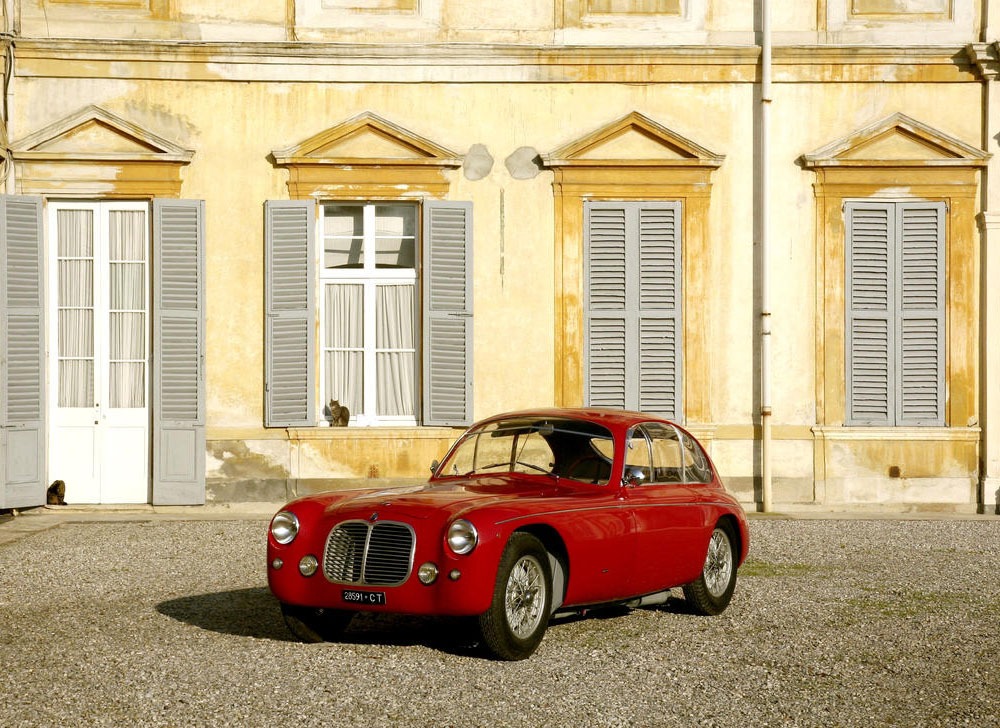
In 1948 Maserati sent a rolling chassis to Carrozzeria Zagato, where it was re-bodied with two-seater ‘Panoramica’-style coupé coachwork in aluminium. This was the first such co-operation between Maserati and Zagato. So unique, only the classic Maserati front grill permitted this car recognition as a model of the Tridente.
1947 Fiat 1400 Panoramica
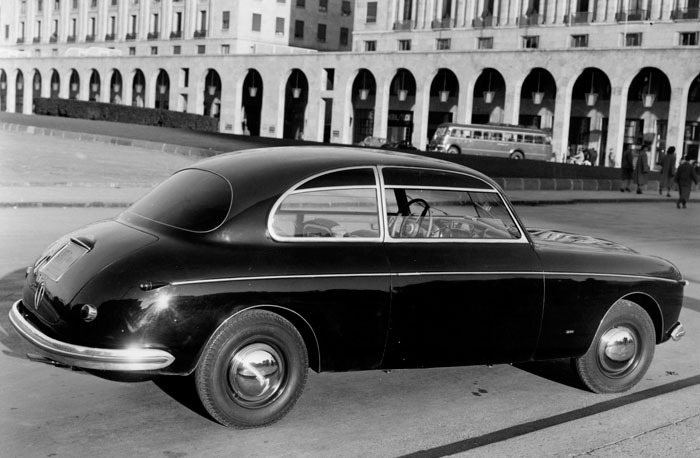
Another “Panoramica” similar to the Fiat 1100, this time built on the more powerful 1400 chassis. On this particular speciment, the side glass areas are divided into two pieces by a metal frame allowing the windows (probably glass and not the lighter race-oriented plexiglas) to be opended. This feature, in addition to all the chrome decorations, suggests that this car was built for private use and not for race.
1948 Fiat 500B Topolino
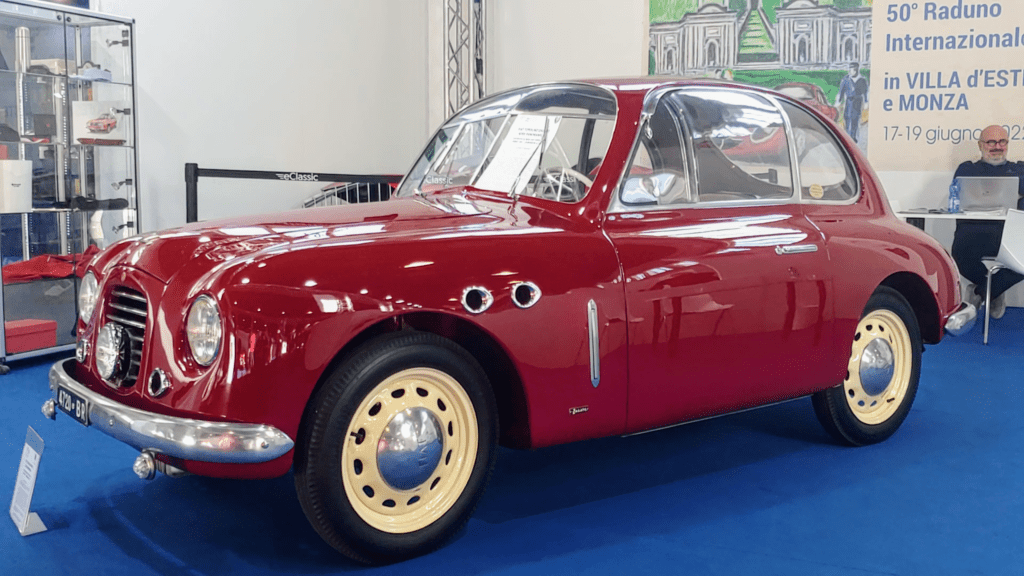
From 1947 a production line dedicated to the Topolino B was started. Given the good success with the public, Zagato continued to produce this series on all Fiat Topolino models until 1950.
1948 Fiat 750 MM "Scansina"
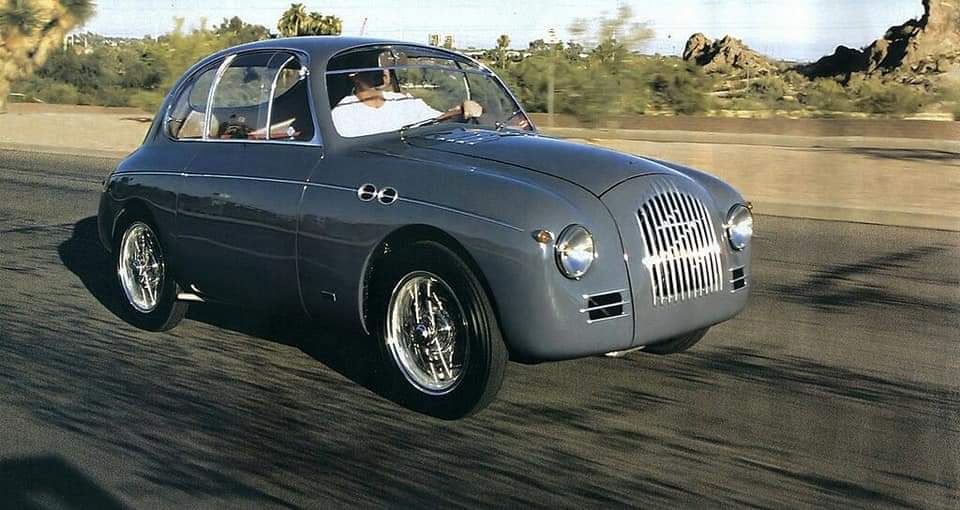
The “Scansina“, built in only 8 speciments, is also based on the Fiat Topolino. It was a more powerful version with its engine increased to 750 cc. Elio Zagato repeatedly brought it to victory in numerous competitions. On this model was also born the “Z” logo, which later became the official company logo: a darting Z which was initially put on the front grille: an idea of twenty-year-old designer Gianni, Elio’s brother.
1948 MG 1500 Panoramica
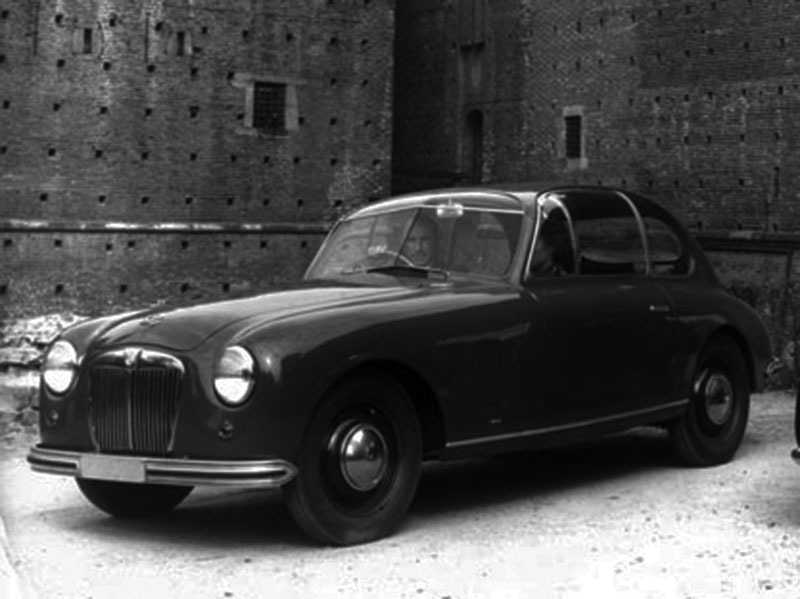
The “Panorama” bodies were also built on english chassis. This MG 1500 Y-Type was successfully exhibited at the 1948 Earl’s Court Motor Show in England. The car partecipated also at the 1949 Concours d’Elegance in Lugano, CH.
1949 Alfa Romeo 8C 2300 M
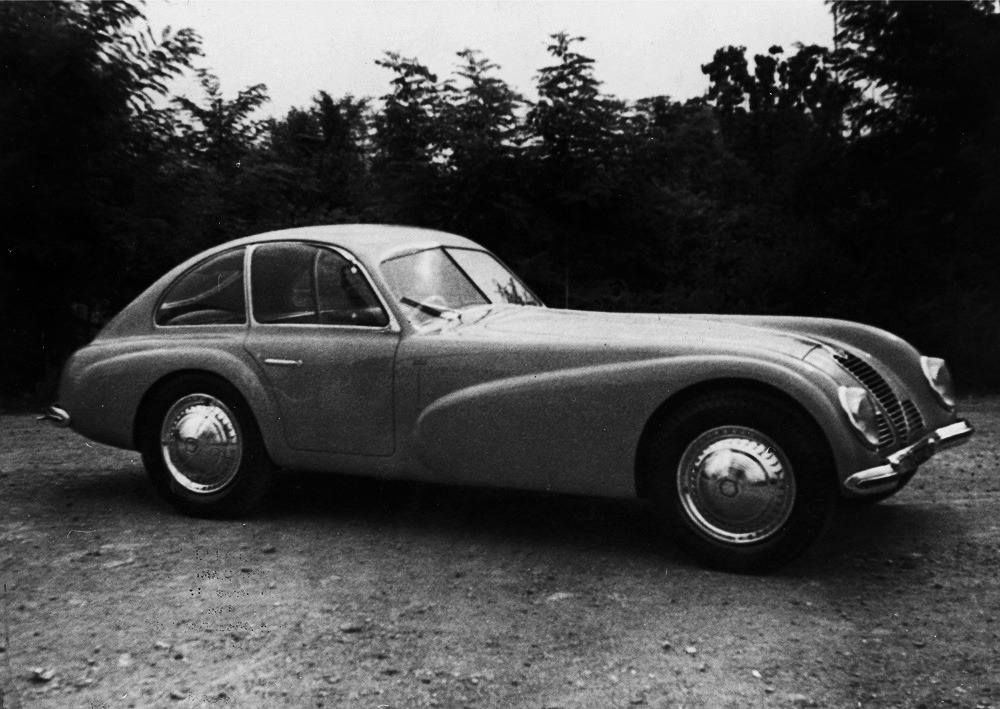
Built on a Alfa Romeo 8C 2300 chassis, it features a Panorama body mixed with Flamboyant style elements. Built in a single speciments on the chassis of the 1933 Alfa Romeo 8C 2300 Monza no 2211114, a race car that crashed several times. It was equipped with a 6C 2500 engine. This 1949 built car was found in Africa somewhere in the 1960s and later rebodied to its original “Monza” racing look.
1949 Ferrari 166 MM Panoramica
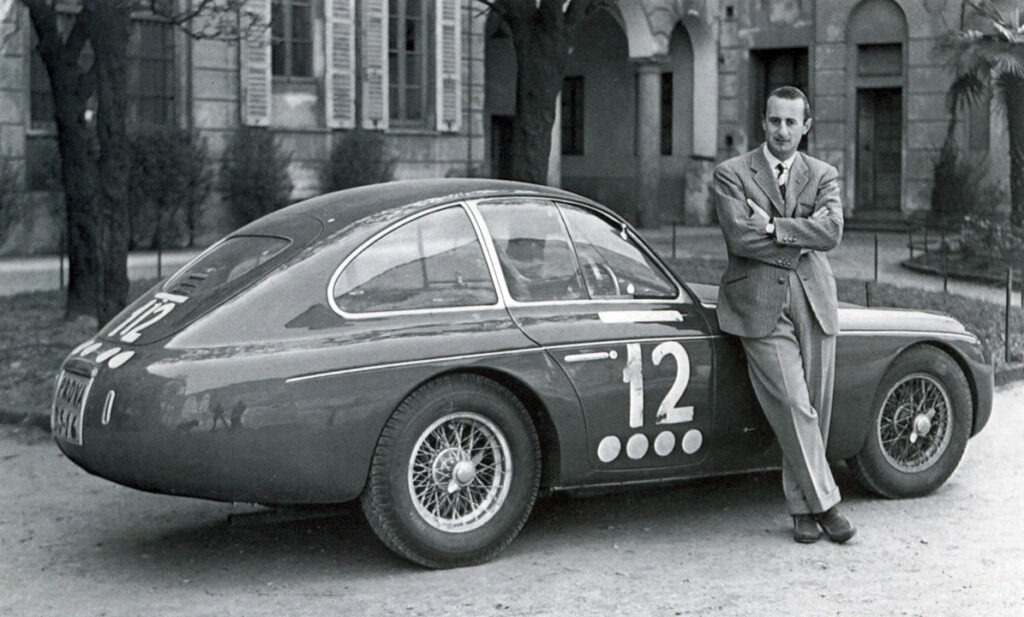
The “Panoramica” concept reached its peak in terms of compromising the lightness of the shapes and the elegance of a GT, with the creation of this Ferrari 166 commissioned in 1949 by the gentleman driver Antonio Stagnali and was the first of a long series of Ferrari bodied by Zagato (read our post). This car is considered a milestone in the evolution of the concept of the coupé body and in 2007, on the 60th anniversary of the Ferrari brand, Zagato recreated the vanished coupé thanks to the photometric process and to the support by Ferrari Classiche.
1949 Lancia Ardea Panoramica
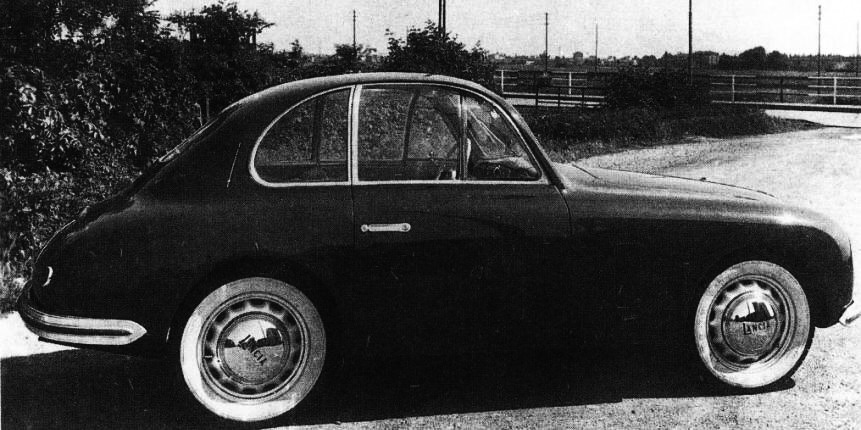
Zagato’s proposal on the Lancia Ardea chassis made in 1949, probably a one-off. The bodywork is very aerodynamic with a futuristic line for its time, features we’ve already have seen on the other “Panoramica”
1950 Fiat 1100 Giardinetta
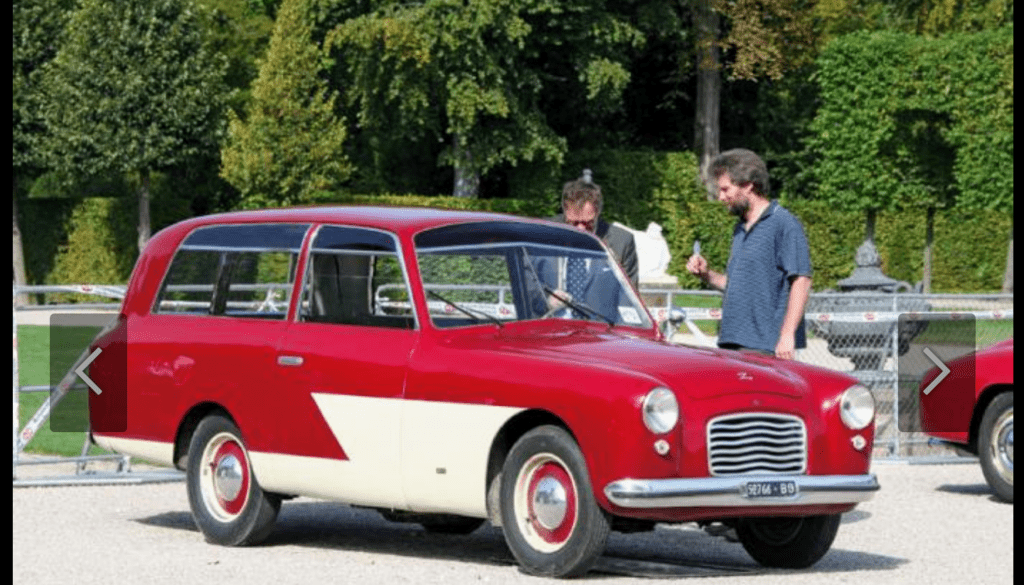
The Panoramica concept was also used to create “Giardinetta’s”, Fiat’s word for “Station Wagon”. At least 2 models were built in unknown speciments: The Fiat 500C Topolino and its bigger sister, this 1100 Giardinetta.

